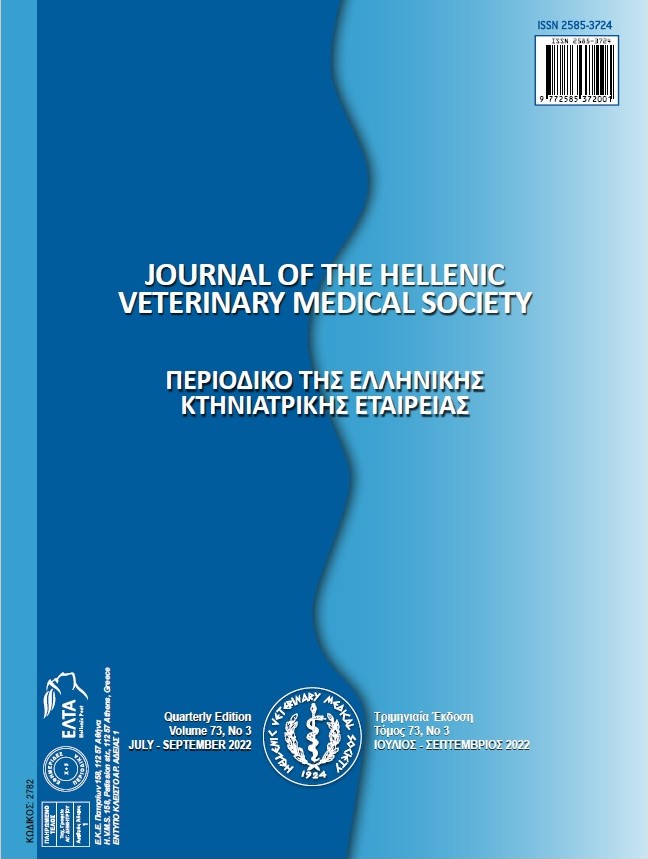Antimicrobial and antibiofilm forming activity of Origanum munzurense against some Gram-Positive bacteria and yeast

Abstract
In vitro antimicrobial and antibiofilm forming activities of Origanum munzurense extract were investigated against some gram-positive bacteria and yeast strains. Liquid microdilution method and microplate method were used for antimicrobial and antibiofilm forming activities, respectively. Minimal inhibitory concentration values were found to be 2 mg/ml for Enterococcus faecalis ATCC 29212, 64 mg/ml for Listeria monocytogenes RSKK 02028, 2 mg/ml for L. monocytogenes RSKK 472, 2 mg/ml for Bacillus cereus NRRL 569 , 128 mg/ml for S. aureus ATCC 25923, 32 mg/ml for S. aureus (MRSA) ATCC 43300 strain, 64 mg/ml for Candida tropicalis ATCC 13803, 2 mg/ml for C. albicans ATCC 90028, 1 mg/ml for S. aureus FRI 918 and 1 mg/ml for Staphylococcus epidermidis ATCC 12228 strain. The extract prevented the biofilm formations of E. faecalis ATCC 29212, S. aureus FRI 918 and S.epidermidis ATCC 12228 at concentrations of 2 mg/ml, 500 µg/ml and 250 µg/ml, respectively. No biofilm formation was observed for the other bacteria tested.As a result, Origanum munzurense extract has antibacterial and antibiofilm activity on the selected pathogenic microorganisms tested. Due to these properties of O. munzurense, it could be considered as a plant-based antimicrobial agent to be used especially in the food industry.
Article Details
- How to Cite
-
Zeybek, E., Kart, A., & Yalcin, H. (2023). Antimicrobial and antibiofilm forming activity of Origanum munzurense against some Gram-Positive bacteria and yeast . Journal of the Hellenic Veterinary Medical Society, 73(4), 4997–5004. https://doi.org/10.12681/jhvms.28910
- Issue
- Vol. 73 No. 4 (2022)
- Section
- Research Articles

This work is licensed under a Creative Commons Attribution-NonCommercial 4.0 International License.
Authors who publish with this journal agree to the following terms:
· Authors retain copyright and grant the journal right of first publication with the work simultaneously licensed under a Creative Commons Attribution Non-Commercial License that allows others to share the work with an acknowledgement of the work's authorship and initial publication in this journal.
· Authors are able to enter into separate, additional contractual arrangements for the non-exclusive distribution of the journal's published version of the work (e.g. post it to an institutional repository or publish it in a book), with an acknowledgement of its initial publication in this journal.
· Authors are permitted and encouraged to post their work online (preferably in institutional repositories or on their website) prior to and during the submission process, as it can lead to productive exchanges, as well as earlier and greater citation of published work.



